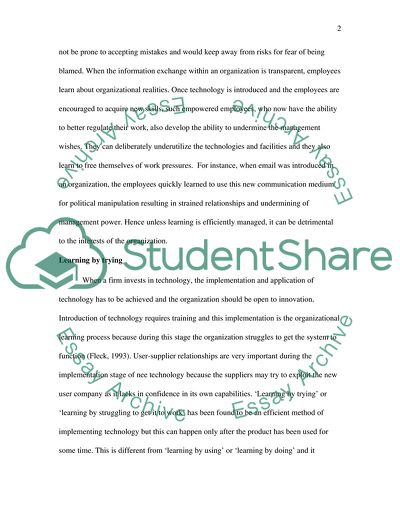Cite this document
(Workplace Learning: Work Environment and Learning by Trying Coursework, n.d.)
Workplace Learning: Work Environment and Learning by Trying Coursework. https://studentshare.org/human-resources/1725812-workplace-learning
Workplace Learning: Work Environment and Learning by Trying Coursework. https://studentshare.org/human-resources/1725812-workplace-learning
(Workplace Learning: Work Environment and Learning by Trying Coursework)
Workplace Learning: Work Environment and Learning by Trying Coursework. https://studentshare.org/human-resources/1725812-workplace-learning.
Workplace Learning: Work Environment and Learning by Trying Coursework. https://studentshare.org/human-resources/1725812-workplace-learning.
“Workplace Learning: Work Environment and Learning by Trying Coursework”. https://studentshare.org/human-resources/1725812-workplace-learning.


